Screening and Diagnosis of Autism Treatment in Bangalore
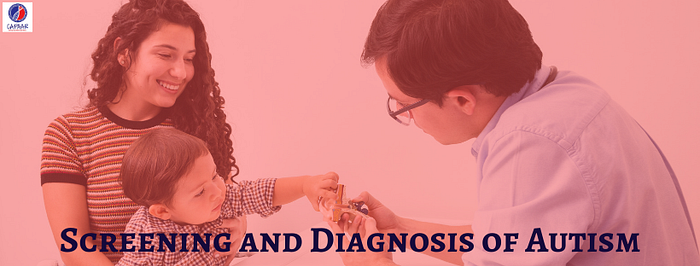
Doctors typically begin treating autism through behavioral assessments, especially in individuals facing challenges with communication, social interactions, and exhibiting restricted or repetitive behaviors. This process can often be lengthy and demanding for the patient, as autism is a heterogeneous group of neurodevelopmental disorders characterized by individual behaviors rather than a single identifiable gene, blood marker, or brain profile.
Clinicians focus on evaluating each individual’s unique strengths and weaknesses to develop reliable diagnostic tools and personalized intervention strategies. If you’re looking for comprehensive care and expert diagnosis, the Best Autism centre in Bangalore offers advanced behavioral therapies and tailored support to help individuals with autism thrive.
In some areas, clinicians have a lack of resources which are needed to be implemented then patients seeking treatment may face a long wait. Some scientists are working to improve the techniques and instruments.
What are the standard tools for screening and diagnosing autism?
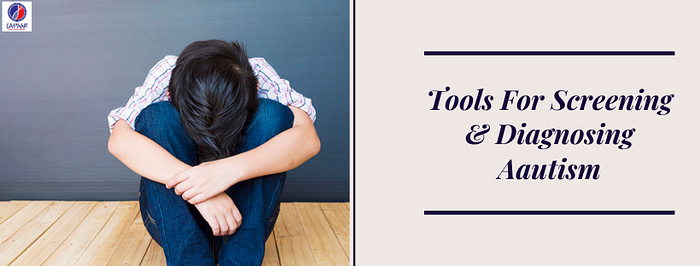
Standard tools for screening | Autism Treatment in Bangalore
Clinicians are using a very big range of screening.
The Modified Checklist for Autism in Toddlers (M-CHAT), was developed in the 1990s and is a preferred developmental screening tool for toddlers between 16 and 30 months of age, and it is largely used in the United States. It is designed to identify children who might be benefited more thorough developmental and autism evaluation. In this screening, parents are supposed to answer a few series of questions about their child and a revised version of the screen includes few questions and a follow-up interview between the child’s parents and the pediatrician.
To diagnose the children, clinicians use two standard behavioral tests. They are Autism Diagnostic Observation Schedule (ADOS) and Autism Diagnostic Interview-Revised (ADI-R).
Autism Diagnostic Interview-Revised (ADI-R) is one of the most widely used diagnostic algorithms in which clinicians determine whether the child has ASD or no.
ADOS (Autism Diagnostic Observation Schedule), is the diagnostic tool that many public prefer to choose many public school systems and psychology professionals when evaluating children are suspected of being on the spectrum.
Which tests are the most reliable?

Tests for Autism | Autism Treatment in Bangalore
ADOS and ADI-R identify the greatest proportion of autistic people. The ADI-R has been translated into more than 24 languages and is the likely preferred test among clinicians in many countries.
The M-CHAT is also quick and is widely administered, but as a screen, it only provides an indication of risk and which is not always accurate. Still, M-CHAT is used in the U.S., the United Kingdom, and many other countries. Researchers are still finding better screenings.
Which aspects of the tests are most in need of improvement?
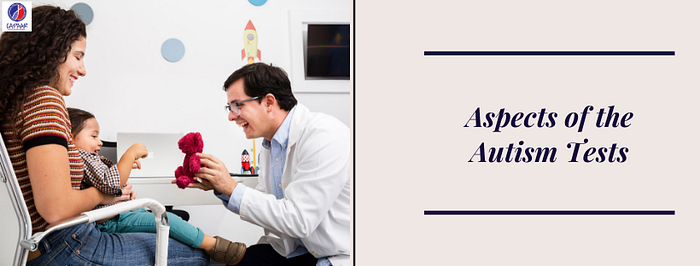
Treatment for autism| Autism
Autism can be diagnosed in the early stages of the child for better results.
Treatment for autism can also be done among minorities and to children from low-income families, although it’s unclear whether existing diagnostic tools contribute to the disparity.
Some tools work better at only certain ages. For example,2017 studies show that the M-CHAT is more accurate when it is done at 24 months of age than at 18 months. It fails to spot children’s condition at 18 months and gives wrong flags others as having autism. Whereas, in other studies, it is showed that only 36 percent of children in this age group whom the revised M-CHAT flags for autism actually have the condition.
What other factors hinder autism diagnosis?
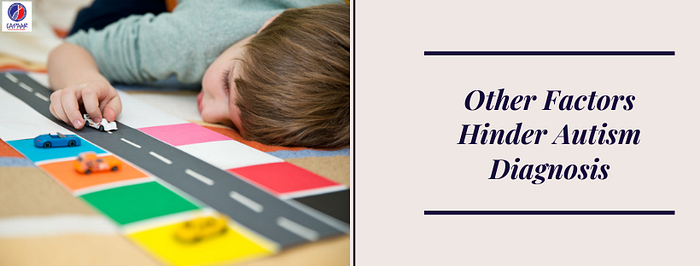
Autism can be diagnosed at an early age like 2 years, but early screening isn’t worldwide, and some children’s treatment is delayed until they begin preschool or even much late too.
One of the biggest barriers for early diagnosis is a dearth of trained clinicians, whereas Doctors need clinical who is expertise to administer the ADOS and the ADI-R, so many advanced techniques.
What new tools are on the horizon?
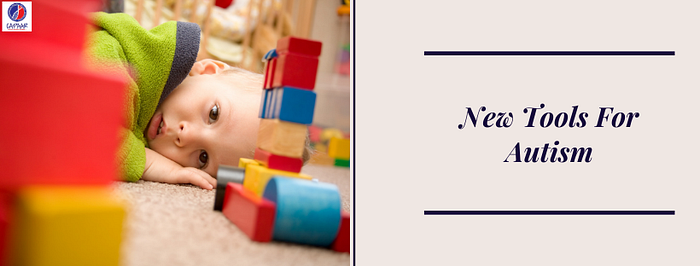
Many researchers are actively searching for reliable biomarkers of autism to enhance early diagnosis and intervention. Meanwhile, some clinicians are exploring advanced tools like eye-tracking technology to understand what individuals with autism focus on. Eye-tracking can reveal unique patterns of attention in children, providing valuable insights into their behavior. However, integrating this technology into regular clinical practice can be time-consuming. For expert evaluation and the latest diagnostic approaches, consulting the Best Autism Doctor in Bangalore can make a significant difference in early detection and personalized care.
Heart rate, sleep patterns, and body movements might also serve as biomarkers. Genetic testing also gives results about the diagnosis and is implicated in Autism. There are some machines that are used to detect autism.
Some teams are trying to develop behavioral screens that identify autism in infants. The next phase of behavioral instruments might describe a person’s autistic features in a very nice way to identify subtypes of autism.


Comments
Post a Comment